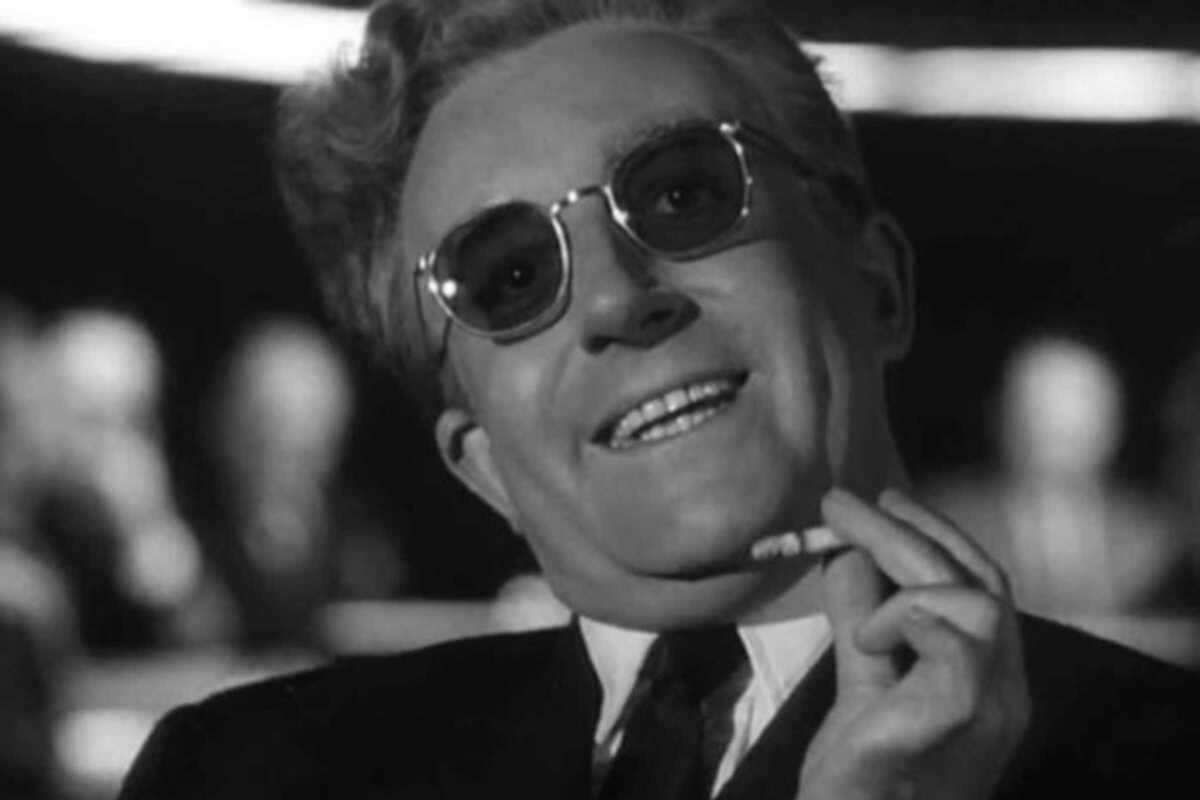Dr. Strangelove
By Kit Macdonald

To give it its full title, Stanley Kubrick's Dr. Strangelove or: How I Learned to Stop Worrying and Love the Bomb (1964) satirises Cold War paranoia and nuclear brinkmanship with a strength and hilarity few other works have achieved, before or since. Considered by many to be the finest satire – Cold War-related or not – in cinema history, Dr. Strangelove stars Peter Sellars in a tour-de-force performance in which he plays three key roles: Mandrake, a British RAF officer, US President Muffley and Dr. Strangelove himself, a former Nazi scientist.
Absurdist humour and chilling plausibility – remember, this came out mere months after the Cuban missile crisis – combine as a catastrophic chain of events are set in motion by an unhinged US Air Force General named Jack D. Ripper, who unilaterally orders a nuclear attack on the Soviet Union. With the US government scrambling to avert disaster, the action cuts between the White House War Room, a B-52 bomber en route to its target, and the increasingly chaotic responses of military and political leaders.
